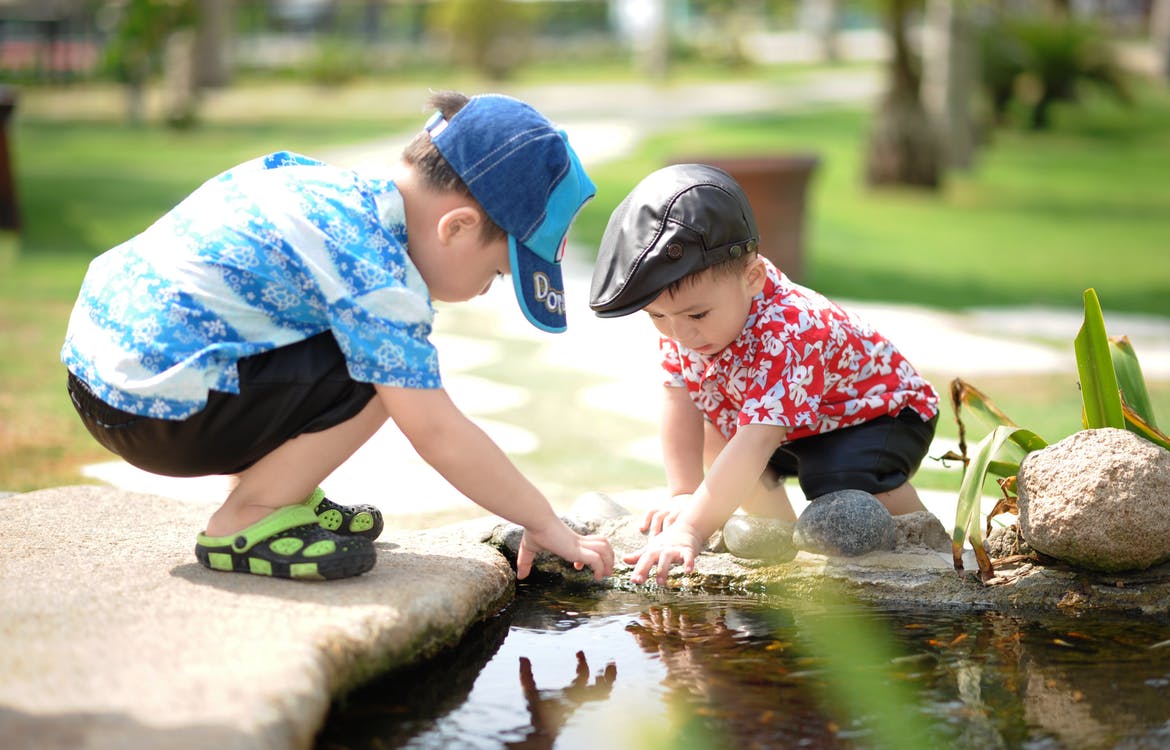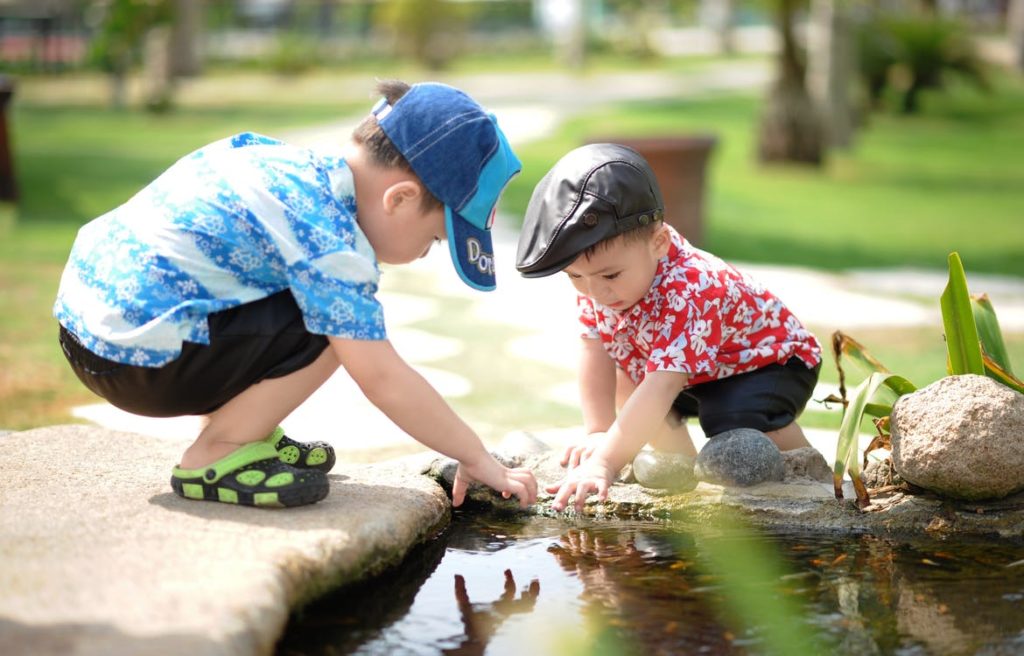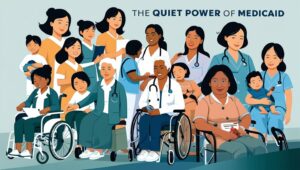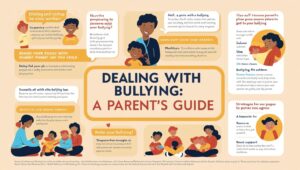

Having a child will permanently change the way you think about your home. While you once enjoyed burning candles on your coffee table, displaying your precious items on open shelves, and generally making decisions based on little more than your design preferences, you now have to factor safety into every choice you make.
Keeping children safe is a permanent worry for every parent, and the only way to reduce the possibility of accidents happening is to minimize the risks. To help you accident-proof your home, here are the five most common home-based injuries in children and toddlers and how to prevent them.
Prevent Falls
Falls in the home account for 44 percent of children’s injuries, and some can have long-lasting health implications. Although your toddler is likely to take the odd tumble when he starts to walk, many slips and falls are entirely preventable. Serious injuries usually result from children falling from a height, like rolling off a bed or falling down the stairs, so identify the risks around your home and be sure to safeguard them appropriately. Use stair gates to stop your child falling from a height, and lay soft rugs on the floor beneath your bed. You should also remove or cover any sharp corners that your child could fall into.
Damaged areas of carpet, such as curled corners or edges, can create tripping hazards that put everyone in your home at risk. If you live in a rented house or apartment, remind your landlord that he or she has a legal obligation to address any safety hazards in your home, including worn carpets. Bear in mind that if you or your child gets injured due to landlord negligence, you could claim compensation through an injury lawyer like Patino Law Firm.
Prevent Drowning
If you don’t have a pond in your garden and you don’t live near a river, you may not think your child is at risk of drowning, but you’d be surprised. Young children can drown in just 3cm of water in a matter of minutes, so they should never be left unattended when you’re bathing them.
You should also stay near the bath when you’re running the taps, as children have been known to reach into the water to fetch a toy, which could be potentially fatal if they’re not being supervised. Likewise, if you use a paddling pool in the summer, make sure it is drained of water after each use, and never leave open buckets of water lying around, inside or outside the home.
Prevent Burns
Your child’s skin is much more sensitive than yours, which is why parents are told to dip their elbows into bathwater to check the temperature (this is the area of our skin that is most sensitive). As such, a hot drink that’s been sat on your side table for ten minutes could still burn your child, even though it feels lukewarm to you.
To avoid burns and scalds in the home, never carry hot drinks over your child’s head, and always keep them out of the reach of small hands. Hot bath water is the leading cause of infant burns, some of which can be fatal, so always run the cold tap first and never leave a child unattended in your bathroom.
Keeping your pan handles turned away from your child’s reach will also help prevent burns in the kitchen. If you’re worried about this area of your house, you could fix a baby gate to the kitchen door to keep your child out of harm’s way. As your children get older, it’s great to encourage them to help you in the kitchen – just make sure you teach them basic health and safety rules and keep an eye on them at all times.
Prevent Poisoning
Cleaning products, medicines, aerosols and cosmetics can be poisonous to children, so always keep them out of sight and reach, ideally in a locked cupboard or on a high shelf. If you have low cupboards, you can also fit safety locks on the doors so your inquisitive toddler can’t get into them, but you still shouldn’t leave young children unattended in a kitchen or bathroom. Be careful of plants too, as some leaves and berries are harmful to children if ingested. If in doubt, buy hanging plants that your kids can’t reach.
Prevent Choking
Choking is something every mother worries about when her child first starts to eat, especially as babies seem to want to put everything in their mouths, whether it’s edible or not. Keep small objects away from your child, and always abide by the recommended age range for the toys you buy in case of choking hazards. One of the most common causes of choking and suffocation is plastic nappy bags, so keep these well out of the way or don’t use them at all.
Know the Risks
According to recent studies, children under four are more prone to accidents in the home, with boys being more susceptible to injury than girls. Falls, burns, scalds, and poisonings are among the most common nonfatal childhood accidents, says the CDC CDC Childhood Injury Report, with an estimated 9.2 million children between the ages of 1 and 19 admitted to the emergency department in any given year. Car accidents were the leading cause of death in children over 5, while drowning was most common in children aged 1 to 4. The statistics are frightening, which is all the more reason to make your home as safe as possible for your kids.
People often say that babies and toddlers are more resilient than parents think. While this may be true to a certain degree, safety hazards make us all vulnerable, and it only takes a minute for a child to injure himself. Take steps to prevent childhood accidents, making sure that hard surfaces are covered, stairs are blocked, and chemicals are kept out of site, and always call the emergency services if you’re worried about an injury.


